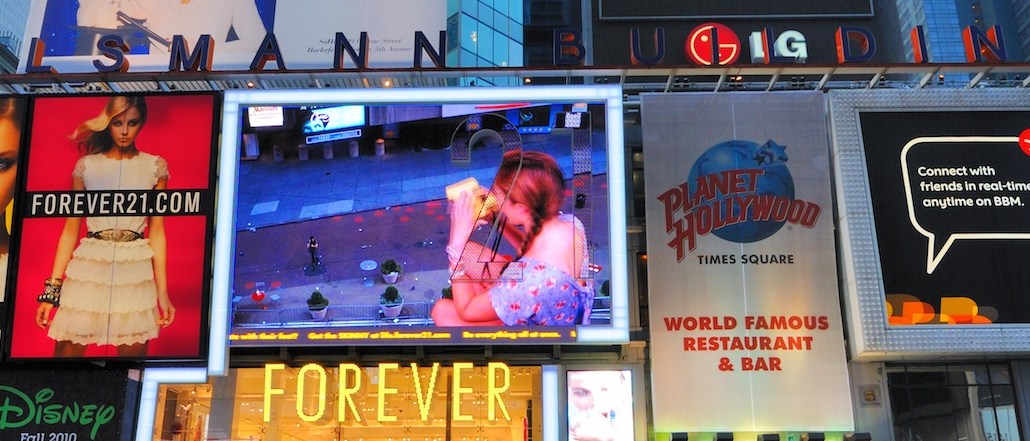Join us Oct. 15-17 in Phoenix to connect with top media buyers

Another day, another ad blocking report is triggering heartburn in publishers and agencies.
The number of people in the U.S. using an ad blocker is expected to balloon to 86.6 million in 2017, according to eMarketer. That’s a staggering increase of 24 percent from this year, where the research company predicts that 69.8 million people will use an ad blocker by the end of 2016.
Active ad blocker use, which eMarketer defines as people who access the internet once a month with the tool, is still more prevalent on desktop browsers rather than on mobile because there are more intrusive ads on desktop’s larger screens, and people tend to spend more time on mobile apps.
“In fact, 90.5 percent of ad blocking users will block ads on desktops and laptops, while just 29.7 percent will do so on smartphones,” the report states, noting that the overlapping number is because some people use an ad blocker on both desktop and on smartphones.
Ad blocking isn’t going away, surmises eMarkerter senior analyst Paul Verna. The news should spur publishers, marketers and agencies that rely on advertising to “deliver compelling ad experiences that consumers won’t want to block,” he said.
If there isn’t a fix, publishers could stand to lose $35 billion in revenue by 2020. The report from eMarketer mirrors that of a recent global study of ad blockers conducted by Reuters, which found that the utility is growing in popularity across the globe.
More in Media

In the AI dealmaking rush, Trusted Media Brands is at the table but holding back
Trusted Media Brands is in talks with big tech on AI licensing, but delaying signing deals to avoid giving away content without clear terms.

Inside The Economist’s plan to grow revenues in a post-search, AI-driven future
The publisher is investing in formats that are more difficult for machines to mimic, like video and audio, while holding a hard line against licensing deals with AI firms it views as competitors.

Discord puts proof behind its ad pitch with first measurement push
The measurement test comes a year and six months after Discord rolled out Quests, and is the latest signal that it is going all-in on measurement in 2025 as it moves from experimental campaigns to something advertisers can trust at scale.





